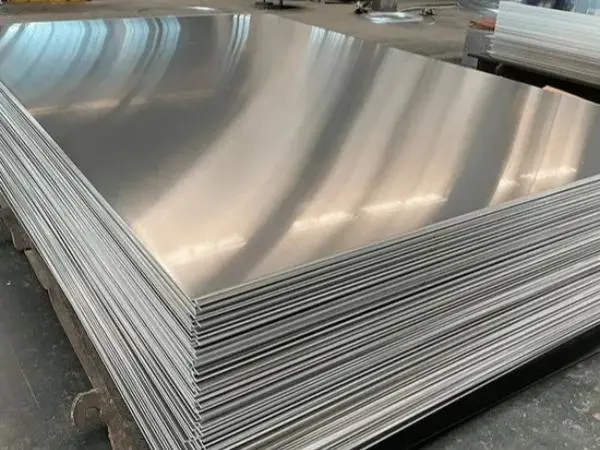- Phone0086 731 8564 8255
- E-mailsales@cscsteel-manufacturing.com
-

In real-world applications, the straight form of seamless steel pipes (SMLS) is not always suitable. Due to their standard long lengths, they may not meet the specific needs of certain scenarios. Therefore, bending is an essential process to adapt the pipes to various requirements. Continental Steel Co., Ltd. has summarized the key information regarding the bending of seamless steel pipes.
Continental Steel Co., Ltd is professional seamless steel pipes manufacturer, for more details, please contact:sales@cscsteel-manufacturing.com
Why Should Seamless Steel Pipes Be Bent?
Change the Direction of the Pipeline: In pipeline systems, it's often necessary to change the direction of the pipeline to accommodate different layouts and connection requirements. This is achieved through the use of elbows.
Reduce the Use of Pipe Fittings: Bending the steel pipe can reduce the need for additional fittings such as elbows or tees, which minimizes the number of connection points. Fewer connections help reduce the risk of leaks and improve the reliability of the entire pipeline system.
Meet Special Design Requirements: Some equipment or structural designs require elbows with specific shapes that can only be achieved through bending the steel pipe.
Methods of Bending Seamless Steel Pipes
- Hot Bending Method:
The hot bending process involves heating the seamless steel pipe to a certain temperature to enhance its plasticity, making it easier to bend. This can be achieved using flame or resistance heating equipment. Once the pipe reaches the required temperature, external force is applied using a pipe bender to bend the pipe.
Temperature Control: Precise temperature control is essential. If the temperature is too high, the grain structure of the steel may grow, weakening its mechanical properties and corrosion resistance. If it's too low, the pipe may be difficult to bend.
Cooling Process: After bending, proper cooling is necessary. Rapid cooling can cause grain refinement, increasing brittleness and leading to cracks or deformation.
- Cold Bending Method:
The cold bending method does not require heating and instead uses specialized tools like pipe bending machines or rollers to bend the steel pipe at room temperature. This method is most suitable for small-diameter, thin-walled seamless steel pipes and helps avoid the oxidation and deformation risks associated with hot bending. However, since the steel pipe experiences greater stress during cold bending, it's important to choose appropriate tools and control the bending force to prevent defects like cracks or wrinkles.
Factors Affecting the Bending Quality of Seamless Steel Pipes
Material of the Steel Pipe:
Different materials have varying levels of plasticity and toughness, affecting their bending properties. Steel pipes with higher plasticity and toughness are easier to bend and less likely to crack.
Wall Thickness of the Steel Pipe:
The thicker the wall of the steel pipe, the harder it is to bend. More force is required for bending, and there is a higher risk of deformation.
Bending Radius:
The smaller the bending radius, the more difficult it is to bend the pipe, leading to a higher likelihood of deformation or wrinkling.
Bending Temperature (Hot Bending):
Incorrect heating temperatures (either too high or too low) can negatively affect the bending process and the pipe’s quality.
Bending Equipment and Molds:
The accuracy and condition of the bending equipment and molds directly influence the quality of the bend.
Lubrication:
Using an appropriate lubricant during the bending process helps reduce friction, which in turn reduces the bending force and improves the overall quality of the bend.
Main Applications of Bending Seamless Steel Pipes
Pipeline Transportation:
Seamless steel pipes are often bent to create the necessary turns and connections in energy transportation pipelines, such as those used for oil and natural gas. A prime example is the West-East Gas Transmission Project, which relies heavily on curved seamless steel pipes to create a massive network for efficient, long-distance natural gas transportation.
Mechanical Manufacturing:
In automobile manufacturing, seamless steel tubes are bent to form drive shafts, which are critical for power transmission. Similarly, bicycle frames are often made from bent seamless steel tubes, combining strength with reduced weight, enhancing the vehicle's performance and the rider’s experience.
Construction Industry:
In steel scaffolding, bent seamless steel pipes are used for flexible combinations based on building structures and specific construction needs, providing a safe and stable platform for workers. Additionally, in building structural components, bent seamless steel pipes are utilized to create complex shapes that add to the building’s stability and aesthetic appeal. Many large venues and art buildings owe their distinctive shapes to the bending of seamless steel pipes.
Through bending processes, seamless steel pipes are adapted to diverse applications, contributing to the efficiency and design flexibility in multiple industries.




